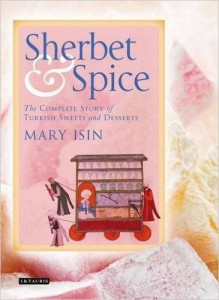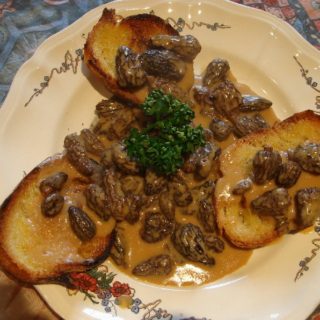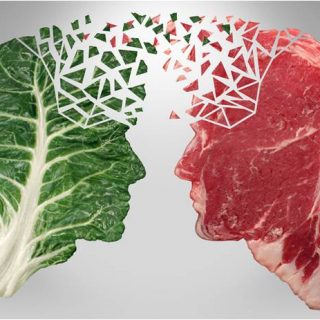 One hundred sculpted sugar lions, baklava the size of cartwheels a thousand layers thick, helva made in memory of the dead, rose jam in a hundred pots of Dresden china, violet sherbet for the sultan, and parrots addicted to sugar . . . the stories behind Turkey’s huge variety of sweets and puddings, valued not only for their taste but as symbols of happiness, good fortune, and goodwill, are as fascinating as their flavor. This riveting exploration of their history and role in Turkish culture is a voyage of adventure, taking us from the sultan’s palace to the homes of ordinary people in Turkey’s villages and towns, and beyond to Central Asia, Persia, Arabia, and Egypt.
One hundred sculpted sugar lions, baklava the size of cartwheels a thousand layers thick, helva made in memory of the dead, rose jam in a hundred pots of Dresden china, violet sherbet for the sultan, and parrots addicted to sugar . . . the stories behind Turkey’s huge variety of sweets and puddings, valued not only for their taste but as symbols of happiness, good fortune, and goodwill, are as fascinating as their flavor. This riveting exploration of their history and role in Turkish culture is a voyage of adventure, taking us from the sultan’s palace to the homes of ordinary people in Turkey’s villages and towns, and beyond to Central Asia, Persia, Arabia, and Egypt.
This book is a treasury of Turkish sweets, dealing with classification, history, recipes and processes, and etymologies. It draws on a rich mix of sources, with the notes and bibliography occupying pages 243–313. Narratives of cultural contexts of folklore, ritual, festivities and beliefs add to the richness of the accounts. The book also traces aspects of diffusions, imitations and evaluations between Turkey and Europe. It remains to ask: what part did sweets occupy in diets and meals at different points in time and across social differences. While the book does not delve into these aspects systematically, there are interesting descriptions of meals and banquets. Banquets, as described by European notable guests, appear to comprise the lavish provision of many dishes and courses served in succession but in no discernable order: roast meat, fish, sweet pastries, stuffed vegetables, boiled meat, more sweets, and so on. The Europeans were puzzled by this lack of order, but, of course, this jumble was also part of medieval and early modern European banquets, only served altogether on a groaning table. The logic of it is display and spectacle.











